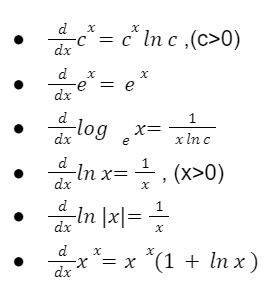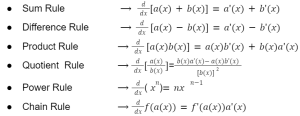Differentiation is needed to find the rate of change. It all starts with the differentiation of a single variable to a higher order of variables.
In a graph, it is indicated by the slope of a tangent line to the function at any point. Differentiation is applicable to several different variables. It can be done for implicit functions by taking the one in two variables as a variable and the other one as a function.
For example, the derivative of a function z = f(y), which means the rate at which the value of y changes with respect to the value of z.
The general representation of a derivative is d/dx.
For example, d/dy(1) = 0
Which means differentiating 1 with respect to y gives 0 as a result.
Standard derivatives
There are different kinds of derivatives and they fall under the following categories:
- Derivatives of simple functions
- Derivatives of trigonometric functions
- Derivatives of inverse trigonometric functions
- Derivatives of logarithmic and exponential functions
- Derivatives of hyperbolic functions
- Derivatives of inverse hyperbolic functions
Derivatives of simple functions
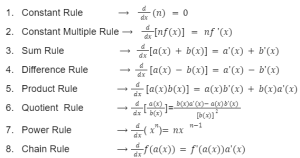
Derivatives of trigonometric functions
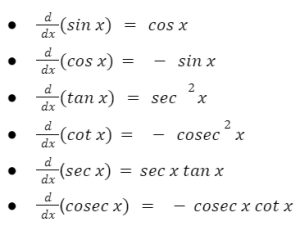
Derivatives of inverse trigonometric functions

Derivatives of logarithmic and exponential functions
Derivatives of hyperbolic functions
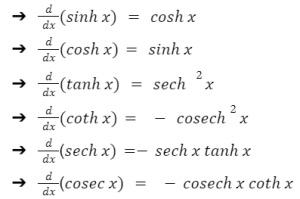
Derivatives of inverse hyperbolic functions
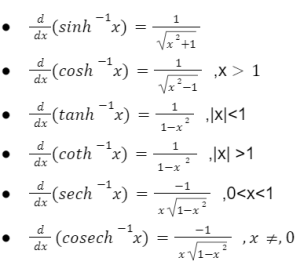
Derivatives of higher order
We saw derivatives of the 1st order and 2nd order respectively, but they do go on to the 3rd order, 4th, 5th upto the nth order. This is called the higher order of derivatives. 
Conclusion
The concept of standard derivatives and its related topics have been understood clearly now. Standard derivatives are an inevitable need in mathematics and our daily lives. Understanding the above derivatives helps a lot in solving different questions of any standard.
 Profile
Profile Settings
Settings Refer your friends
Refer your friends Sign out
Sign out





